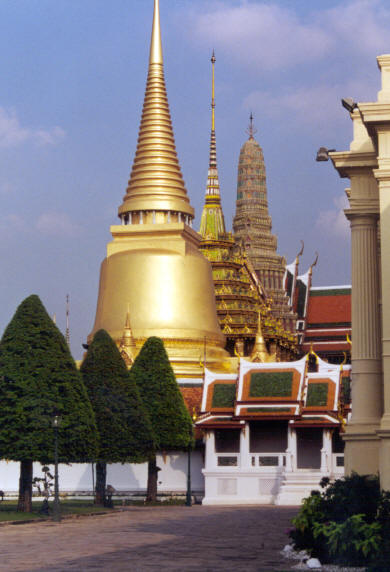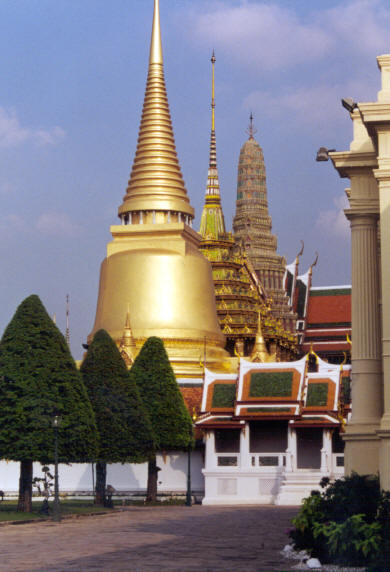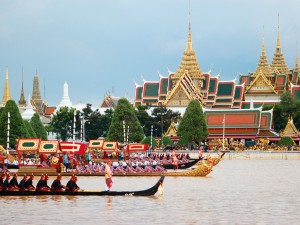In a surprise move, Thailand’s military has enacted martial law, but insists that this is not a coup, but is rather being done in order to ensure continued stability within the country.
Following many months of political unrest in Bangkok, the Thai army has apparently had enough, and had declared martial law throughout the country as a preemptive measure to ensure law and order is maintained. With both pro–government and anti–government protests ongoing, this measure allows the army greater reach to ensure the safety of the public.
The military merely asked for calm, something that has been elusive for Thailand after numerous anti-government marches intended to “shut down” the capital. “We ask all sides to come and talk to find a way out for the country,” General Prayuth Chan-ocha, the army’s chief general, said.
Since first allowing elections in 1937, Thailand has seen 11 military coups — it is now perhaps in the midst of a 12th — and a series of constitutions drafted by opponents attempting to cement their hold on power. The latest round of political unrest dates back to the 2001 election of billionaire Thaksin Shinawatra, who successfully appealed to the country’s northern rural base to sweep him to power. Mr. Thaksin and his acolytes have won commanding election victories ever since. That has prompted the urban elite, who had for many years governed the country, to make repeated attempts to regain control, including through loud whistle-blowing marches that have taken place since last fall. They argue that Mr. Thaksin has polluted the country’s politics through mass vote-buying schemes. The billionaire has been convicted of corruption and now lives in self-exile.
The military effectively has two choices, Kan Yuenyong, director of Bangkok think-tank Siam Intelligence Unit, wrote on Tuesday. Either it can install a government, which he called the “worse” option that risks stirring “insurgency nationwide.” Or it can push forward an election, which will mean navigating the stormy waters between Mr. Thaksin and his opponents, who want lengthy reforms before any new ballots are cast





